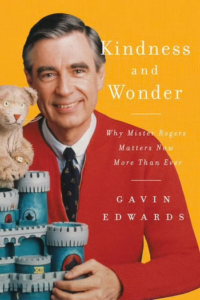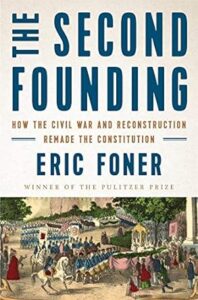 Summary: Half biography, half inspirational insights into how to learn from Mister Rogers.
Summary: Half biography, half inspirational insights into how to learn from Mister Rogers.
I am not unfamiliar with Mister Rogers’ story. In addition to regularly watching old episodes of his TV show with my four and six-year-olds, I have read four books by or about him over the past couple of years and watched several documentaries. But despite the familiarity, I continue to pick up books about him because, as the subtitle suggests, Mister Rogers continues to matter.
The full biography, The Good Neighbor, released last year, gave the most complete picture of Mister Rogers’ full life, but it was not perfect. There is room for more biographies. Kindness and Wonder did not attempt to duplicate the work of The Good Neighbor. Still, even in the short length of the biographical section, Kindness and Wonder included details I had not heard before, and I went a bit deeper into some aspects of his life than The Good Neighbor did.
Kindness and Wonder engaged Fred Rogers’ Christianity well. Mister Rogers would not have been the same Mister Rogers without his faith, and that comes through clearly in the second section. The second section has ten lessons we should learn about Mister Rogers. This is the type of cultural engagement that I would like Christians to do better. It is not merely “do better” advice or self-help but attempting to prod the readers toward selfless maturity. Some lessons impacted me more than others.
Here is a quote:
Consider this passage by Fred Rogers: “How our words are understood doesn’t depend just on how we express our ideas. It also depends on how someone receives what we’re saying. I think the most important part about communicating is the listening we do beforehand. When we can truly respect what someone brings to what we’re offering, it makes the communication all the more meaningful.”


 Summary: A collection of portions of Howard Thurman’s sermons, prayers, talks, and teaching.
Summary: A collection of portions of Howard Thurman’s sermons, prayers, talks, and teaching. Summary: A mix of Latasha Morrison’s personal story as well as the story of Be the Bridge.
Summary: A mix of Latasha Morrison’s personal story as well as the story of Be the Bridge. Summary: Democracy in Black addresses the ‘values gap’ between the claimed idealism of equity and democracy and the reality of history.
Summary: Democracy in Black addresses the ‘values gap’ between the claimed idealism of equity and democracy and the reality of history.
 Summary: A historical look at the 13th, 14th and 15th amendments in the context of reconstruction history.
Summary: A historical look at the 13th, 14th and 15th amendments in the context of reconstruction history.